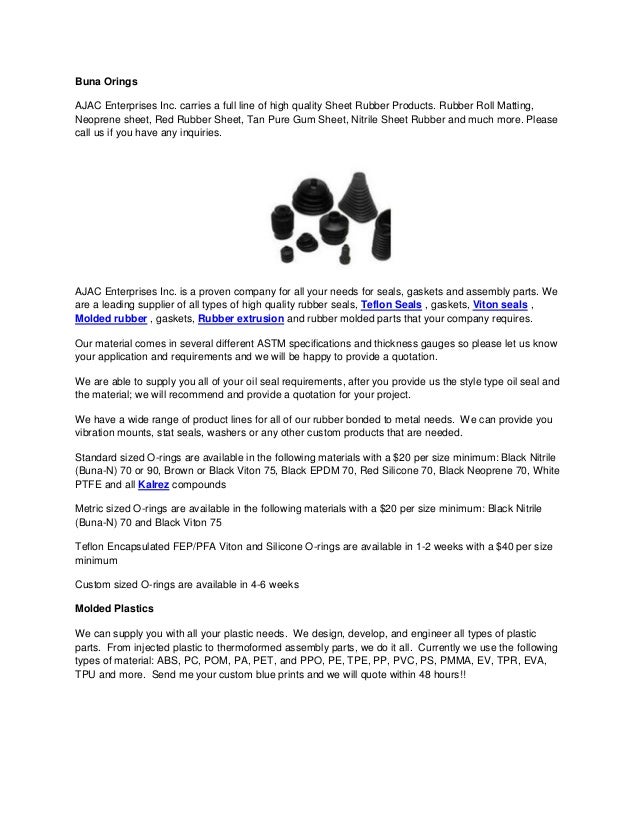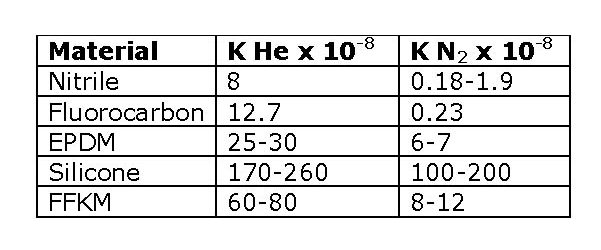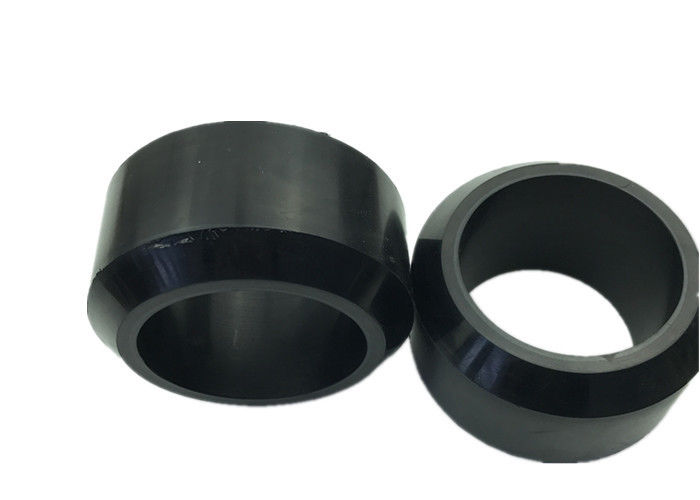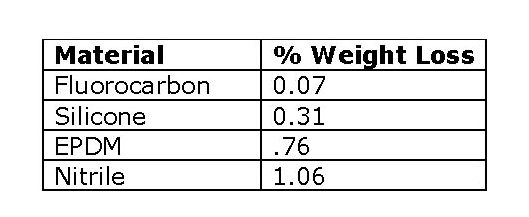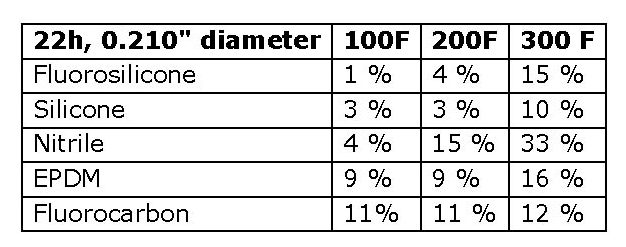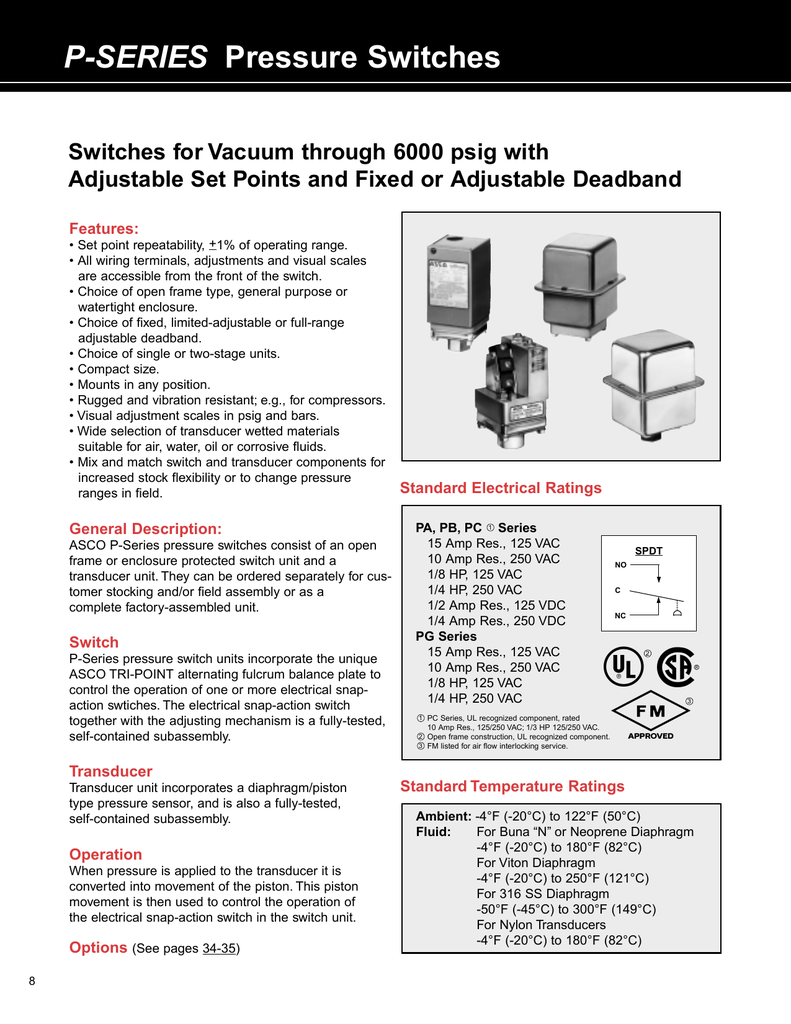Excellent oil and air resistance both at low and high temperatures. Viton is the choice over buna for high temperature applications.
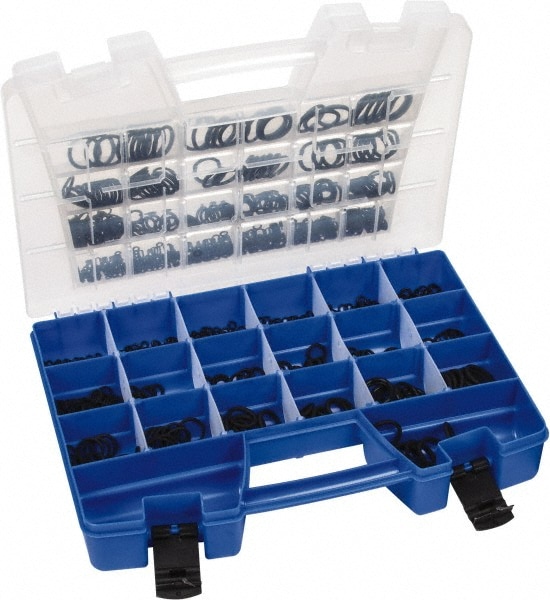
Value Collection Buna N Amp Viton O Ring 80181795 Msc Industrial Supply
Difference between buna n and viton. As a sealing option the crucial difference between buna and viton is the temperature range the materials function in. Buna n is another option when outstanding resistance to oil hydrocarbon and chemicals is required. Also called nbr or buna n nitrile o rings are probably the most economical and widely used elastomer out there. Meanwhile buna is only effective in the same manner up to 250f and is the better option for low temperature seals as low as 30f. While both viton and buna seals both serve as great sealing options at moderate temperatures viton is far superior to buna for high temperature applications. Viton seals hold indefinitely at temperatures up to 400f and can last up to 48 hours at temperatures up to 600f.
Very good chemical resistance. Buna n tank gaskets are comprised of a synthetic rubber copolymer and are very well suited to storage of crude oil and other petrochemicals. Viton seals provide an indefinite seal for temperatures up to 400f and for temperatures up to 600f they offer an excellent seal for more than 48 hours. Due to the difference in the chemical structure of these two materials they exhibit a different set of properties which will be discussed in this article. Viton is better at 200 f but not necessarily at 140 f. Ketones low molecular weight esters and nitro containing compounds.
Viton has years of proven success in the field and provides outstanding durability. The key difference between buna n and viton is that buna n is a copolymer of butadiene and acrylonitrile whereas viton is a copolymer that contains a high amount of fluorine containing units. Here well look at viton vs nitrile o rings to see where each should be used and why. When comparing buna rubber also known as nitrile buna n perbunan or nbr and fluorocarbon also known as viton both provide excellent compression set resistance and both are designed to resist most oils and lubricants especially petroleum based lubricants. Viton 4 fluoro elastomer. Buna on the other hand is only effective up to 250f.
For example viton over buna is essential for high temperature applications which provides an indefinite seal up to 400f and about a 2 day seal for temperatures up to 600f. Hexaflouropropylene vinylidene fluoride 10 f 400 f. Viton and buna seals have several very crucial differences that make them especially well suited to certain applications. All aliphatic aromatic and halogenated hydrocarbons acids animal and vegetable oils. The key difference between buna n and viton is that buna n is a copolymer of butadiene and acrylonitrile whereas viton is a copolymer that contains a high amount of fluorine containing units.


